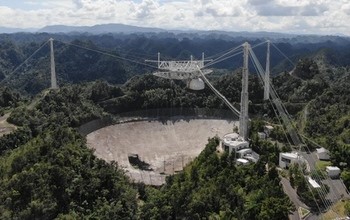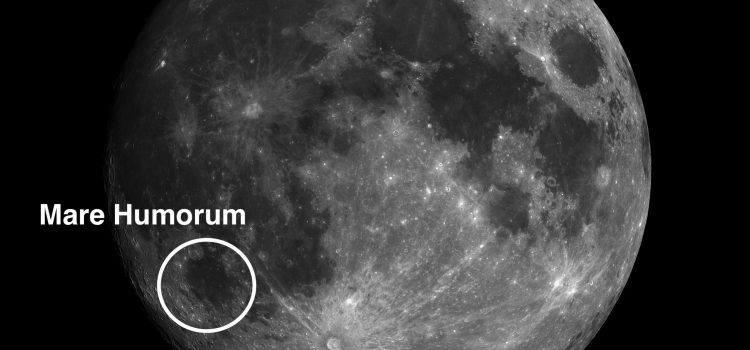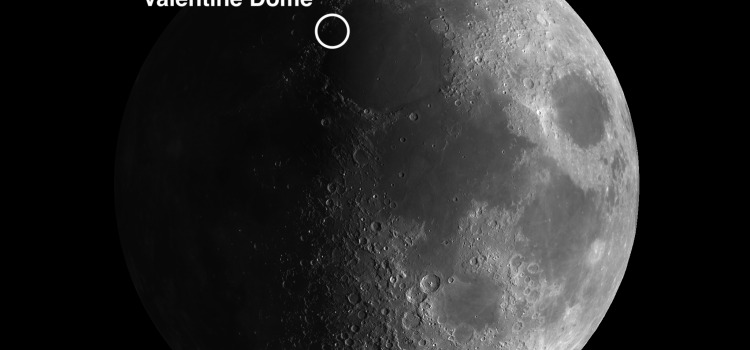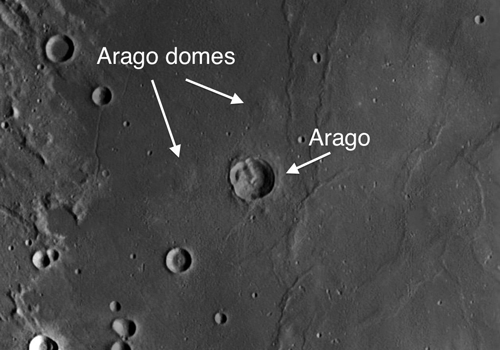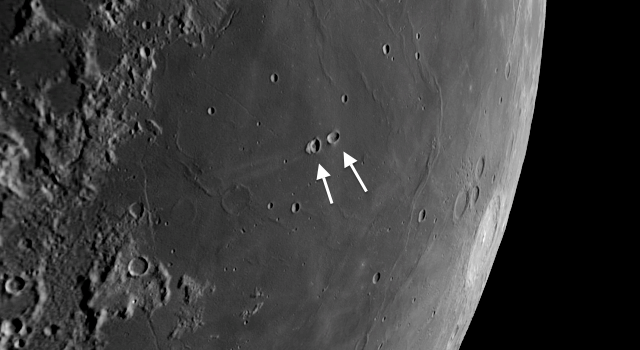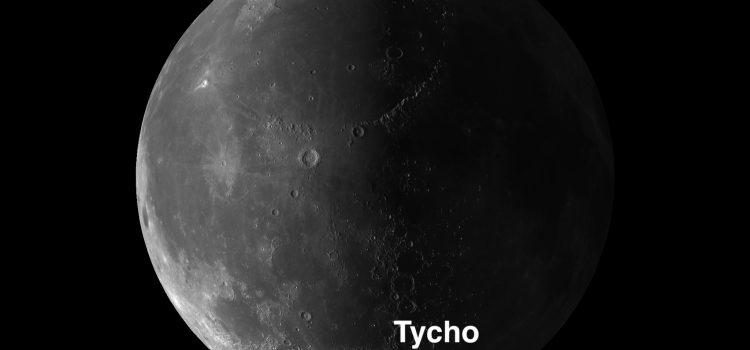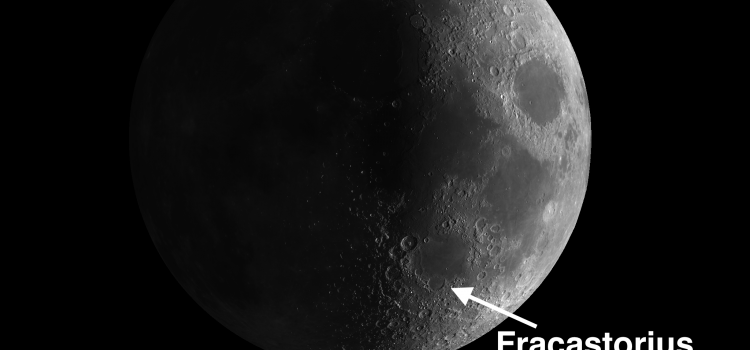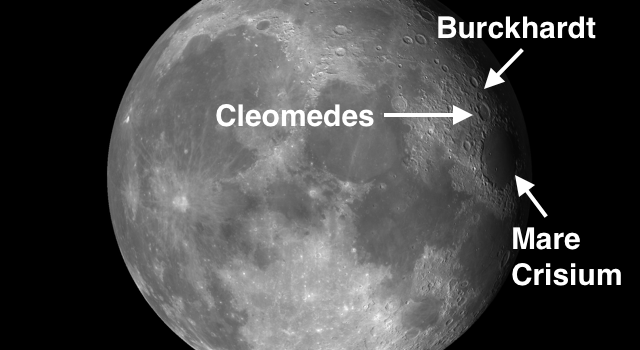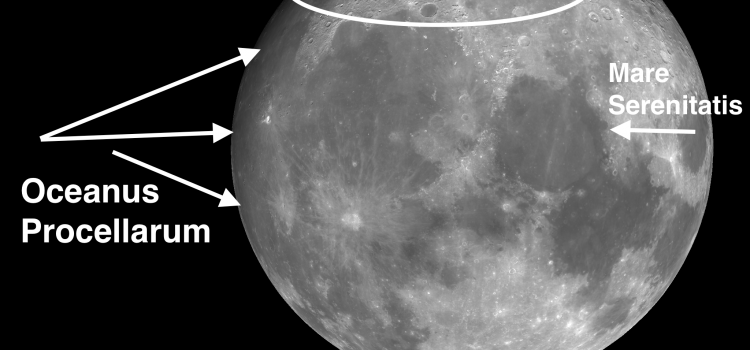The week of December 7-13 takes us from Lunar Day 22 to Day 29. This week we will highlight Montes Recti, the Straight Range, viewable early Tuesday morning, and the collapse of the Arecibo radio telescope. The Straight Range is
Montes Recti and the Collapse of the Arecibo Radio Telescope
